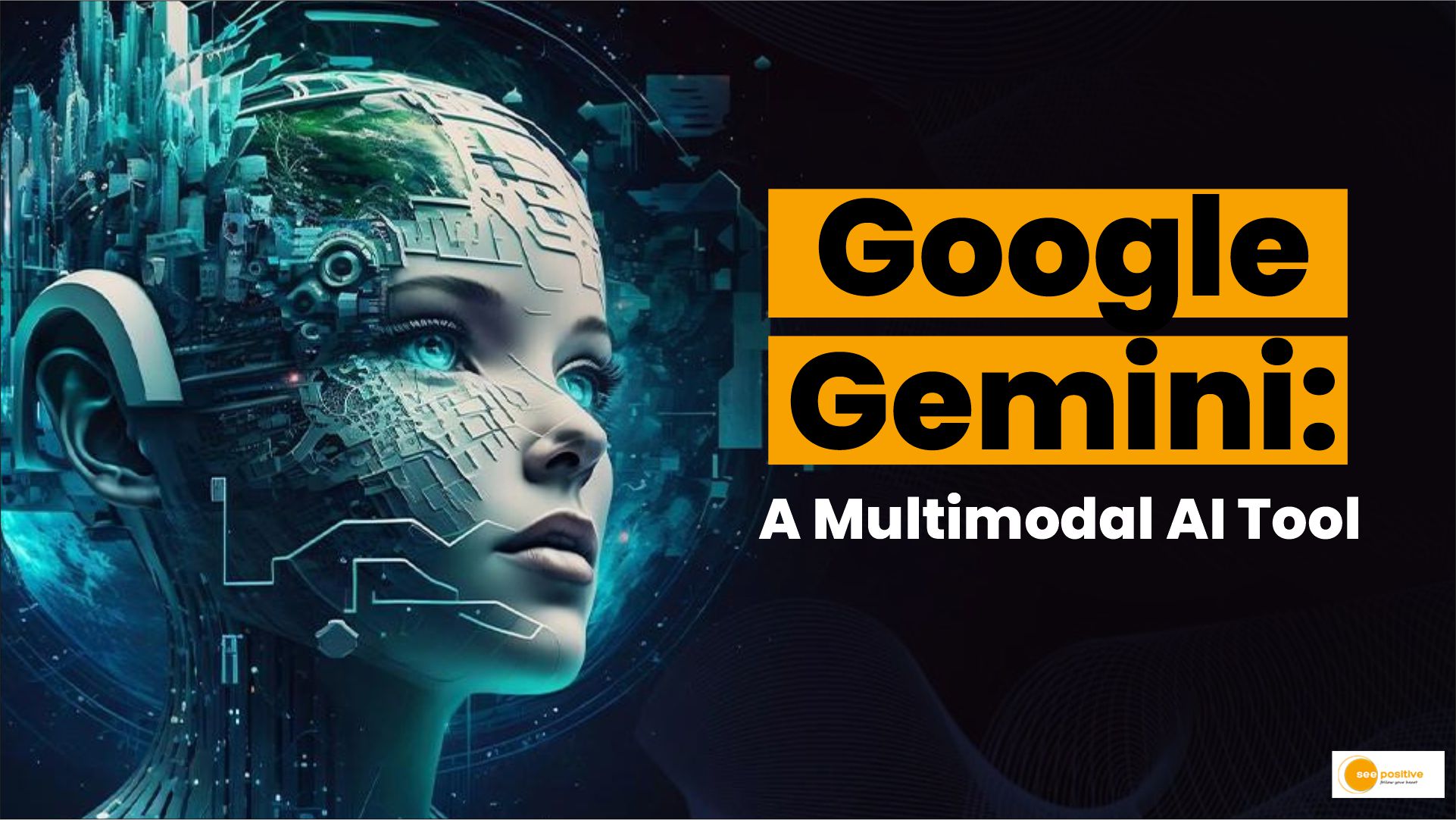Google, a tech giant, has recently unveiled its cutting-edge Artificial Intelligence (AI) tool named “Gemini.” In addition to being a multimodal AI model, Gemini has garnered attention globally for its ability to comprehend and respond to text, images, and audio, making it a significant leap in AI technology.
What is Google Gemini?
Gemini stands out as a versatile AI tool capable of understanding and working with various data types, including text, images, and videos. Google has designed Gemini to function like humans, making it unique among existing AI models. Unlike other models, Gemini has the capability to process and respond to different data types seamlessly.
After approximately eight months of rigorous research and development, Google proudly presents Gemini as a groundbreaking AI model. Moreover, it has already surpassed the performance of existing AI-based models. Google’s commitment to advancing AI technology is evident through Gemini’s design and capabilities.
How to use it?
Gemini excels in decoding, planning, and explaining tasks of varying complexity. Furthermore, its standout feature is its multimodal nature, enabling it to understand and work with text, images, videos, and other data types. Google has shared a video demonstration of Gemini’s interaction with various objects, showcasing its ability to recognize and identify materials.
Different Versions for Different Tasks:
To cater to diverse needs, Google has released different versions of Gemini. The Ultra version is designed for handling intricate tasks, while the Pro version is suitable for moderately complex tasks through Google’s AI BERT. Additionally, the Nano version is tailored for simple tasks, optimized for use on Android smartphones, including Google’s Pixel 8 smartphone.
Gemini vs. ChatGPT: A Comparison
While Gemini has marked its place as a formidable AI tool, it’s essential to compare it with existing models like ChatGPT to understand its significance better.
Gemini:
- A multimodal AI tool proficient in comprehending text, images, and audio.
- Different versions cater to tasks of varying complexity – Nano for simple tasks, Pro for moderate tasks, and Ultra for intricate tasks.
- Trained on extensive datasets, allowing continuous real-time updates for enhanced learning.
- Achieved a remarkable 90% score in tests covering 57 subjects, showcasing its versatility.
- Capable of understanding graphs and generating research hypotheses.
ChatGPT:
- Primarily responds to text prompts, with limited support for images and audio.
- No distinct versions for different task complexities; a single version is available.
- Limited ability for continuous learning, with training up to September 2022.
- Achieved a comparative score of around 86, showcasing good performance.
- Faces challenges in comprehending complex graphs compared to Gemini.
How to use Google Gemini in Bard?
The Gemini-Bard combo brings a big upgrade, making Bard smarter and more accurate in understanding what users want. Moreover, Gemini’s ability to handle pictures, sound, and videos seamlessly makes chatting with Bard even better.
To use Gemini Pro-integrated Bard:
- Go to Bard’s website.
- Log in with your Google account.
- Enjoy advanced features of Gemini Pro within the Bard chatbot by asking or saying anything to Bard.
Before Gemini, Bard wasn’t as powerful as OpenAI’s ChatGPT. But now, thanks to Gemini, Bard has improved reasoning and understanding skills.
A recent whitepaper revealed that Gemini outperformed GPT-4 on exams and math. However, AI still struggles with higher-level reasoning. Bard currently uses only a small part of Gemini’s abilities. However, the full multimodal experience, handling images, audio, and video, will be available in the upcoming Bard Advanced version next year, using Gemini Ultra – the most powerful Gemini variant.
Gemini Ultra will not only enhance the chatbot experience but also support more languages than just English, which is the current language for Gemini Pro.
Conclusion:
In the realm of AI, Google AI Gemini emerges as a revolutionary tool with its unmatched multimodal capabilities. Moreover, its ability to comprehend and respond to diverse data types sets it apart in the ever-evolving landscape of artificial intelligence. As technology progresses, Gemini showcases Google’s commitment to pushing the boundaries of what AI can achieve.
Google AI Gemini is not just an advancement; it is a paradigm shift, paving the way for more sophisticated and human-like AI interactions. Furthermore, as we embrace this new era of AI, the impact of Gemini is likely to resonate across various industries, influencing the future of technology and human-machine interactions.


